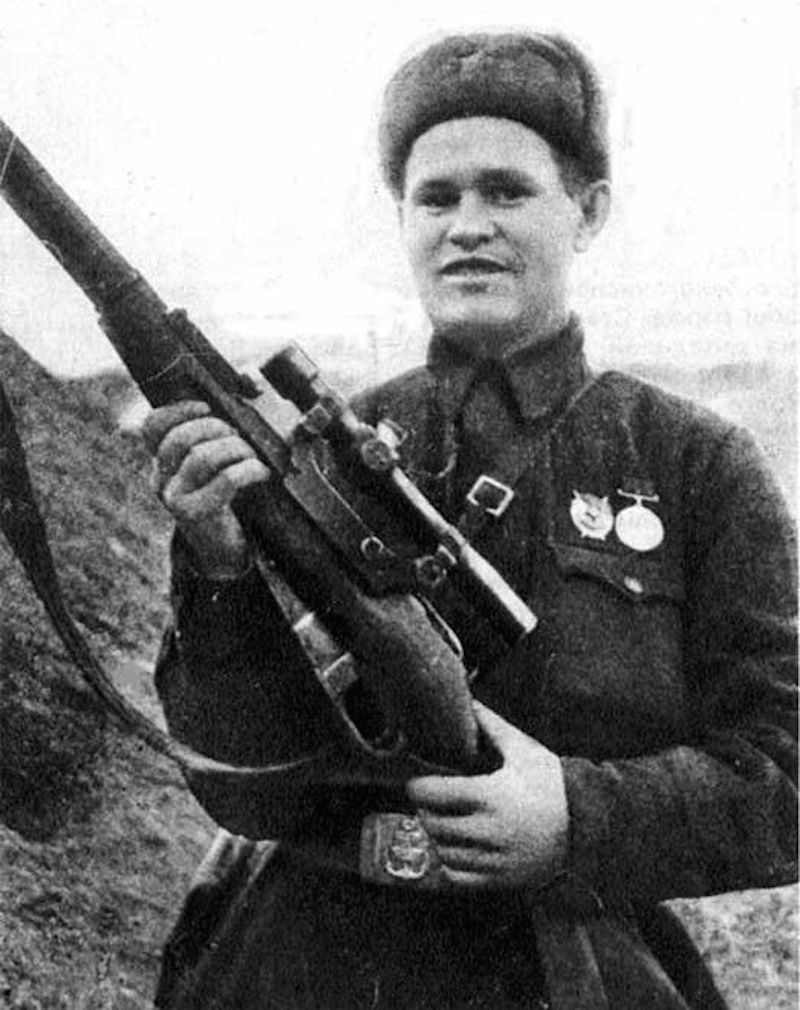If you were into guns at all during the early to mid-2000s, you couldn’t escape the Mosin Nagant. These things were everywhere. Every gun show, every gun store, and page upon page of Armslist were covered in Mosin Nagant rifles. Most were Russian-made, but we can include the Chinese and Finnish clones into that umbrella. The Mosin-Nagant series of rifles was a cultural powerhouse, and today, we are going to look back and discuss the cultural phenomenon that was the Mosin-Nagant.
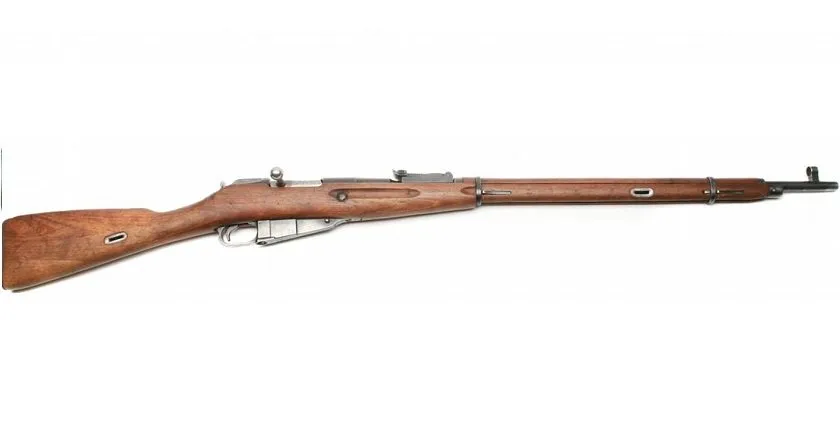
If you’re one of those fantastic young Zoomers, I’m sad to say you missed out on the Mosin-Nagant craze. The boomers had a great housing market, but we millennials were primed for the Mosin market. If you aren’t familiar with the rifle, it was a pre-World War I rifle that first saw service in 1891. The Russians designed the rifle and used it in both World Wars, their Revolution, the Russo-Japanese War, and many more.
The Mosin-Nagant was a full-power bolt-action rifle firing the 7.62x54R cartridge. Throughout its lifespan, it has been available in numerous configurations, the most popular being the 1891/30. There were carbine variants, sniper models, and more. I don’t want to get too in the weeds with the numerous variations. Today, we’ll refer to them all as Mosin-Nagants.
The Mosin-Nagant Phenomenon
The Mosin-Nagant became such a cultural phenomenon because of the price of the rifles and ammo. There was a point where a Mosin-Nagant in perfectly suitable condition could be had for 89 dollars. For 89 dollars, you got the rifle, a sling, a double ammo pouch, and an oiler bottle. I’m unsure who the original importer was, but they brought them over by the shipload.
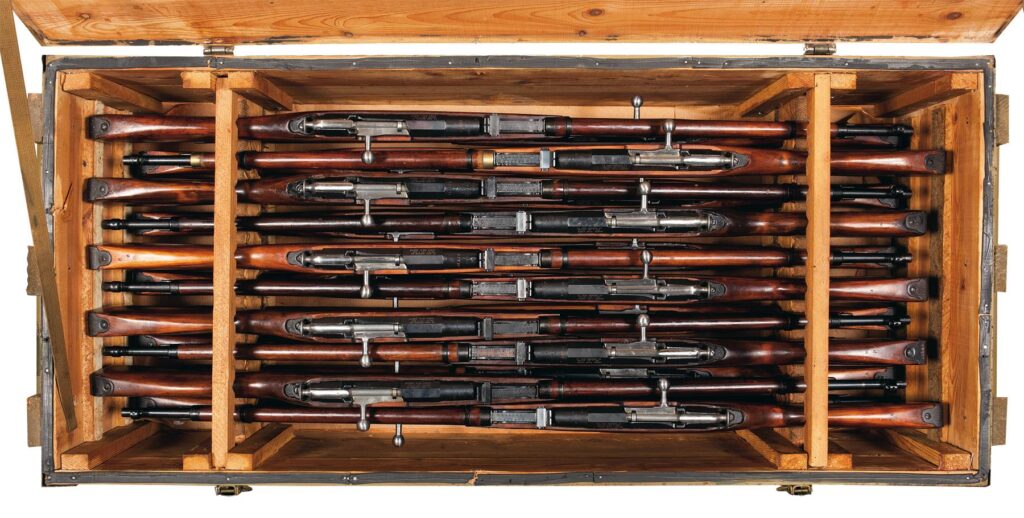
You could purchase an entire crate of rifles for less than 1200 dollars. The crate held 20 rifles with accessories, and you even got the sweet Soviet-era wood crate. Cheap rifles are one thing, but what about the ammo? Well, it was cheap too. Surplus spam cans of 7.62x54R could be had for about nine cents a shot. It was insane, and we didn’t know how good we had it.
They were everywhere, and the day I turned 18, I went to a gun store and forked over 79 dollars to obtain my own Mosin-Nagant. These full-powered rifles were heavy-duty and quite well-made. At least as far as durability is concerned. The bolts and actions were often stiff, the wood was ugly, and the finish didn’t look great.

They were never sniper rifles, and three to four MOA was standard. It had open sights with a fairly short sight radius. They thumped your shoulder with a solid blow every time you pulled the trigger. The ammo was corrosive, so Windex sales went up to keep bores clean. It was a fun rifle, and everyone who shot one enjoyed it at least a little bit.
The Mosin Effect
The longest-lasting effect of the Mosin-Nagant was getting younger guys and gals into MIL-SURP collecting. The Mosin was the first rifle of a lot of people, and a lot of those people got bit by the MIL-SURP bug. We can probably blame the Mosin-Nagant for the massive increase in surplus prices we see today.
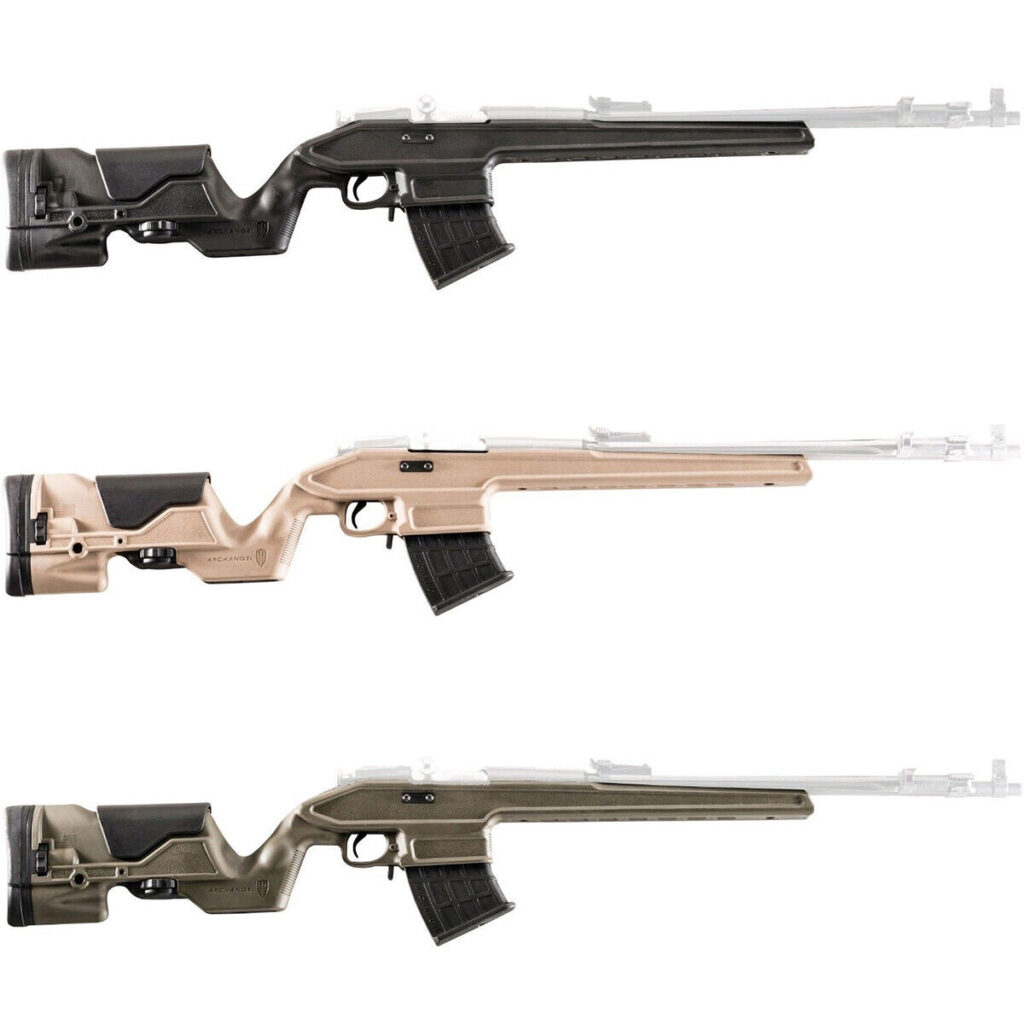
Outside of mil-surp collecting, it got a lot of people into guns as a whole. If you’re on the fence about spending money on a gun, but you run into this sweet gun from Call of Duty for only 89 dollars, you’d bite, too. The Mosin-Nagant introduced a lot of people to firearms, and some stuck around, becoming 2nd Amendment advocates and voters.
The popularity of the Mosin gave birth to an aftermarket. A fairly large market that sold modern stocks, removable magazine conversions, and oddball scoping methods. A lot of this stuff was junk because who was going to spend a ton of money on a cheap rifle?
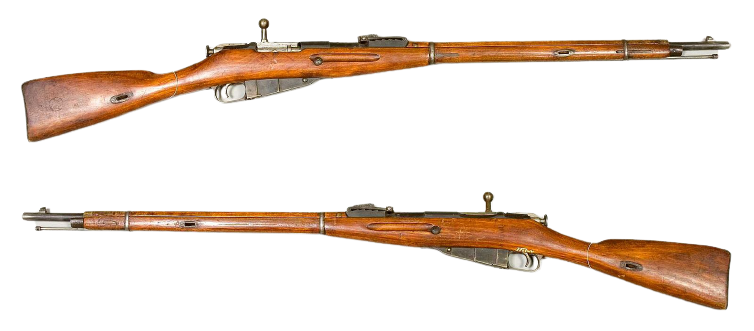
One of my favorite memories of the period was a marketing rep for ProMag’s Archangel line, arguing with Caleb Giddings on his Gun Nuts Media website about the Archangel stock. She went so hard that she ended up getting fired.
Preppers Enter the Scene
The Mosin-Nagant landed on American shores at a time when prepping was big. We had TV shows dedicated to Preppers, and it became a cultural movement in and of itself. The prepper movement saw the Mosin and gave a hearty “Yep!”
The rifle was seen as a cheap and durable option. They weren’t necessarily wrong. These rifles were sturdy and made to work in an era when rifles would commonly become big spears and be involved in hand-to-hand fighting. The rifle’s low price was one pro, but the ability to stack 7.62x54R on the cheap was seen as brilliant for an end-of-the-world scenario.
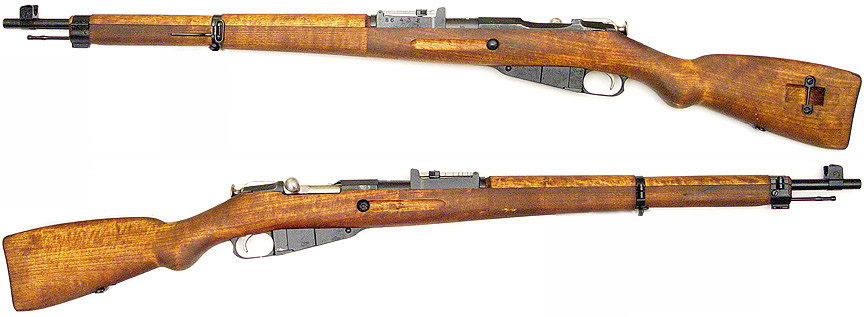
Plus, being able to buy a crate to ‘arm’ your neighbors on the cheap became a common talking point. Early guntube would often point this out and advocate for this practice.
The Decline of The Mosin Nagant
So what happened? Well, the stock dried up. Prices rose as they did. These days, seeing Mosins for 300 to 500 dollars breaks my heart. I’m stuck on this idea that Mosins should still cost less than 100 dollars! Russian imports of that surplus ammo also disappeared, and now you’re paying .308 prices for 7.62x54R. Sadly, the younger crowd won’t ever get the thrill of an 89-dollar Mosin, and the closest you’ll get is some Carcano with expensive ammo.
It’s a sad time, but it’s how the world works.
Read the full article here





